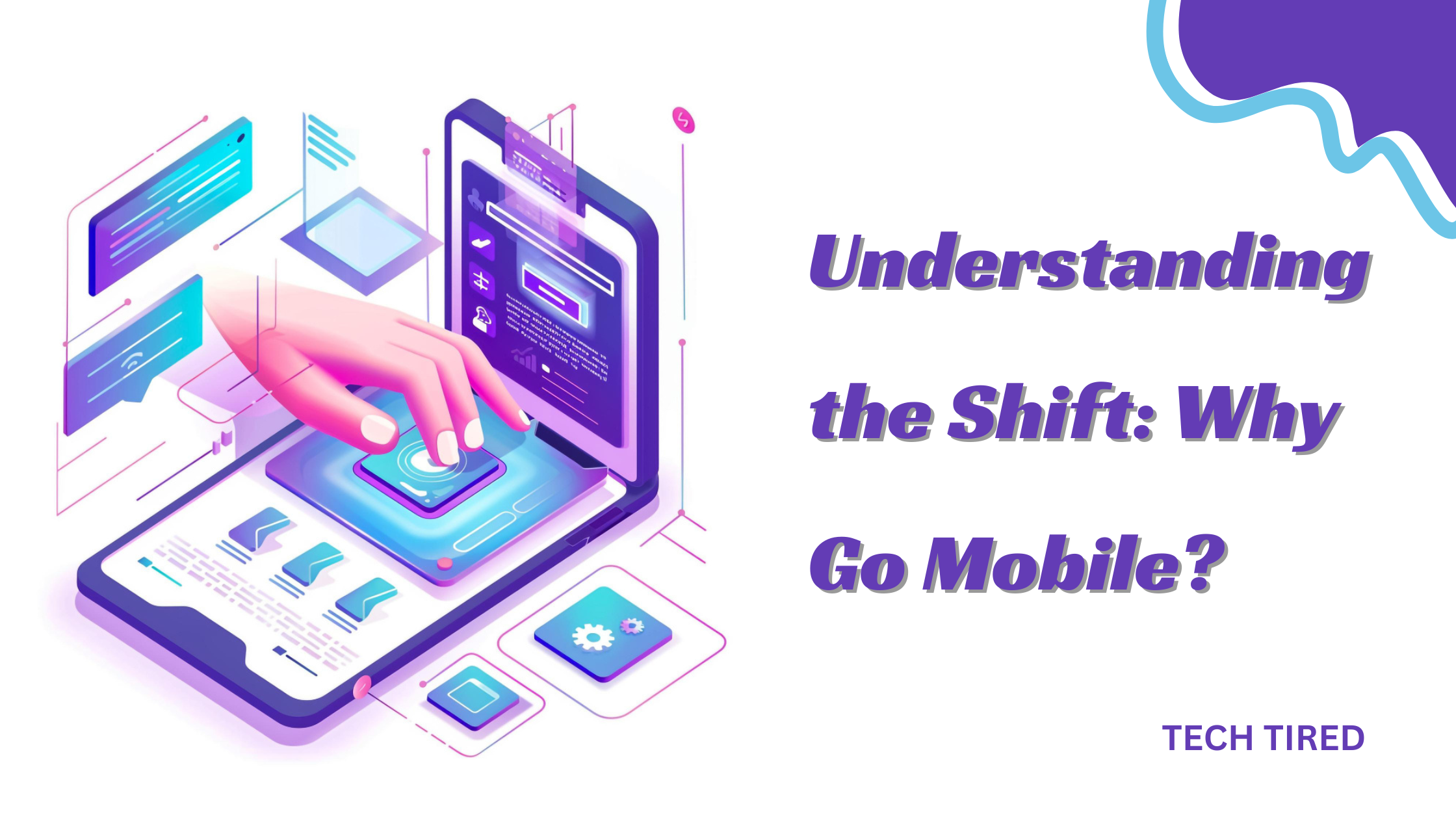From Web to App: Repurposing Your Website To Mobile App
- 1 Understanding the Shift: Why Go Mobile?
- 1.1 Step 1: Evaluating Your Current Website
- 1.2 Step 2: Defining the Mobile App’s Purpose and Audience
- 1.3 Step 3: Choosing the Right Development Approach
- 1.4 Step 4: Designing the User Interface (UI) and User Experience (UX)
- 1.5 Step 5: Develop the Mobile App
- 1.6 Step 6: Testing and Quality Assurance
- 1.7 Step 7: Launching the App
- 1.8 Step 8: Post-Launch Support and Maintenance
- 2 Final Thoughts!
The movement from having a simple website to having a reliable and effective mobile application in the current century is not only a fad but mandatory.
Companies are continually realizing the need to invest in their mobile applications to extend their reach, engage customers, and remain relevant. It is a game changer if your company runs a lucrative website in the UK to transform this website into a mobile app in the New York market.
This article is going to shed light on the processes of converting a website into a mobile app with special emphasis on a professional web development company in the UK and a mobile app development company in New York.
Understanding the Shift: Why Go Mobile?

However, it is first necessary to know why it is critical to proceed from the use of a website to a mobile application. Mobile apps provide better clients’ experiences, faster performance, and the opportunity to use the functions of the devices, for instance, notifications, geolocation, and cameras. These advantages impact traffic and conversions, resulting in enhanced user interaction.
Step 1: Evaluating Your Current Website
The first step in the process of conversion is the diagnosis of the site’s current condition. It involves a comparative evaluation of the website and its structure, navigation, aesthetics, contents, and features.
Working with a professional UK web development company means that your site is analyzed to find out its strong and weak points. Mobile analytics can help determine which aspects of the website should be transferred to the mobile app and what should be enhanced.
Step 2: Defining the Mobile App’s Purpose and Audience
Secondly, it is necessary to declare the aims and objectives of the planned mobile app and the audience to whom it will be marketed. Even though your website is universal, your mobile application should meet the needs of the New York market in terms of features and interfaces. It will be useful to analyze their markets and potential customers, which will indicate the needs and expectations of the new audience.
Step 3: Choosing the Right Development Approach
When it comes to mobile app development, there are several approaches to consider:
- Native Apps: Built natively for iOS Androidoid using platform-native languages like Swift for iOS or Kotlin for Android. These apps have the least bugs and the user interfaces are enhanced greatly.
- Cross-Platform Apps: Using frameworks such as React Native or Flutter, where the application developed contains code that works for both IOS and aAndroidoid. This approach helps to minimize the time and cost that is required to create the strategies.
- Progressive Web Apps (PWAs): General websites for the browser that imitate the performance of actual installed applications that are accessed on a mobile device. They are quite cheap, but they don’t come with all the features you would get with native applications.
In New York, finding a mobile app developer can enable you to settle on the approach that fits your project well in terms of cost, size, and time.
Step 4: Designing the User Interface (UI) and User Experience (UX)
Among the important stages of mobile application development, considering the UI/UX design is crucial. Texts of the app must be clear and understandable to avoid copying or misunderstanding by the users to minimize complications for the users.
There is a need to retain the branding while at the same time redesigning the website for mobile use. This is enacted in the way of layout designs that are built to fit smaller screens, considering ‘tapping zones and the use of mobile-first design patterns.
A web development company in the UK specializing in mobile design can assist in the design of a visually appealing and user-friendly design.
Step 5: Develop the Mobile App
After that, the development stage comes after finalizing the design of the sports equipment, thisentails writing the source code for the displays and operative aspects of the app, as well as linking the API and ensuring that all features are coded optimally.
Hiring a good mobile app development company in New York means the applications are developed with current technologies and standards. They will also make sure that each aspect of the app is well-tuned for performance, security, and likely growth.
Step 6: Testing and Quality Assurance
It remains to be noted that testing is one of the critical stages in the creation of mobile applications. It involves testing the app on devices and operating systems to come up with a bug list and debugging those bugs.
These are functional testing, usability testing, performance testing, and security testing. There shall also be a talented QA team within a reputable web development company in the UK to ensure that the app meets the highest quality standards before it is launched.
Step 7: Launching the App
Several stages of testing take place before the final launch of the app takes place. This includes presenting the app for sale on app stores (Apple and Google app stores) and making sure it complies with the sale requirements.
Also, it is critical to create a suitable marketing initiative aimed at reaching the app’s audience. Your UK-based web development company and the mobile app development company in New York can work together to spread awareness about the new app launch.
Step 8: Post-Launch Support and Maintenance
The process does not stop once the product is out on the market. This is so true since users expect the app to be available at their disposal every day without any hitch.
This involves tracking the functionality of the built app, correcting any glitches with the app, and enhancing the existing app in view of new developments. Continuous engagement with your development partners helps keep the app pace with the current trends and market forces.
Final Thoughts!
It requires thinking and strategic planning to migrate from having a website to having a mobile app and then constant management. Hiring a proficient web development company in the UK and a mobile app development company in New York would ensure that you get a successful mobile app that connects with the New York people.
Adopt the mobile-first strategy and open up more opportunities for business and consumer relations in the ever-changing digital environment.

















